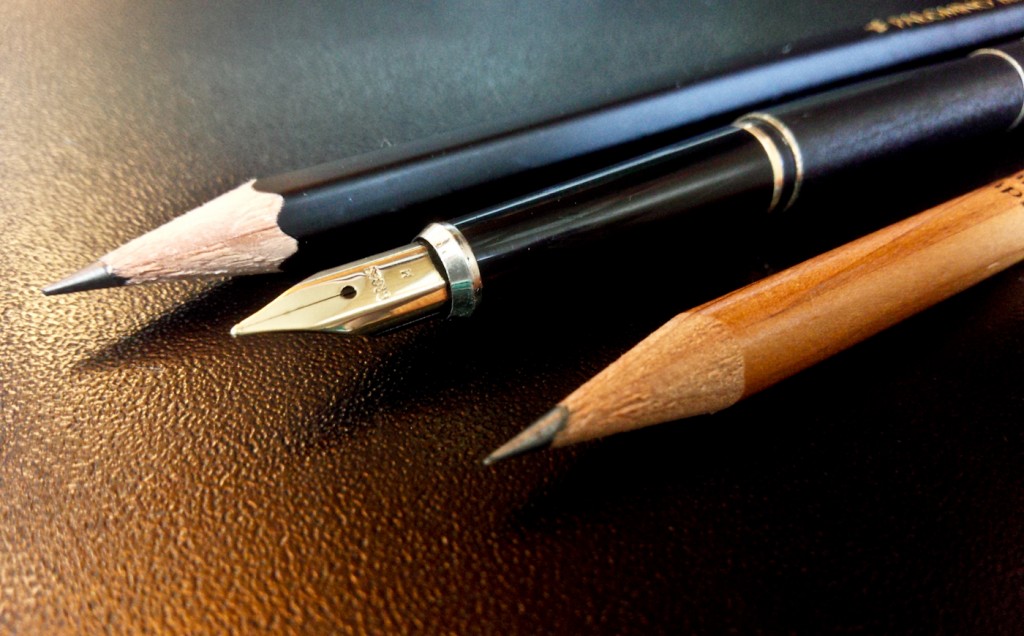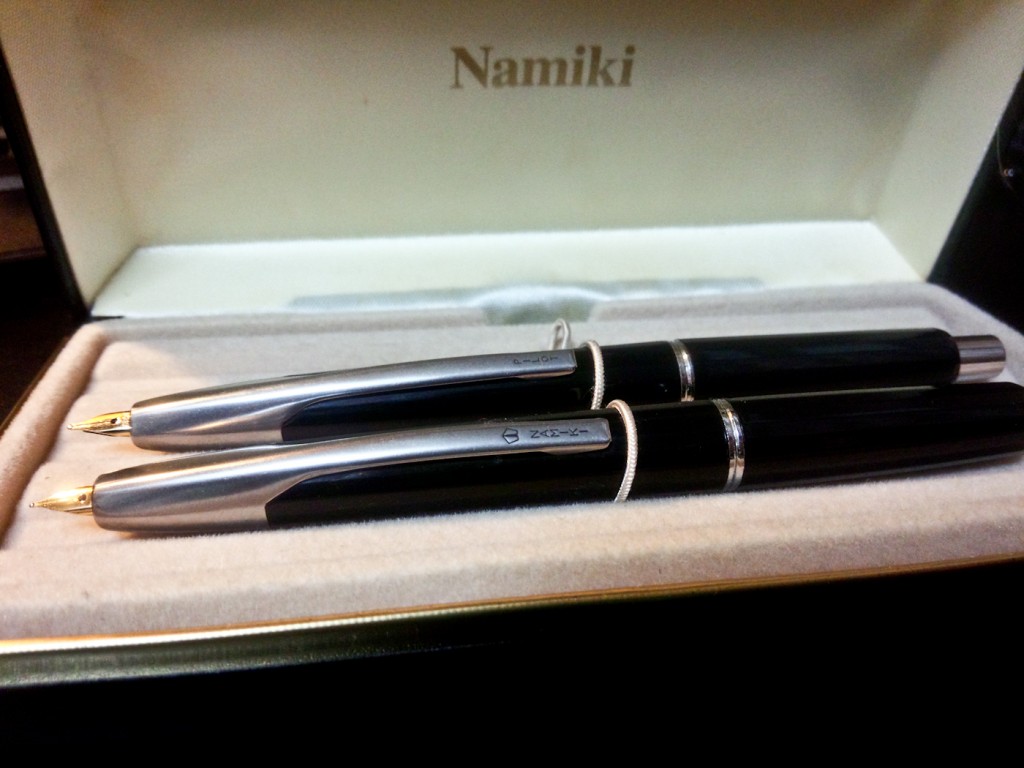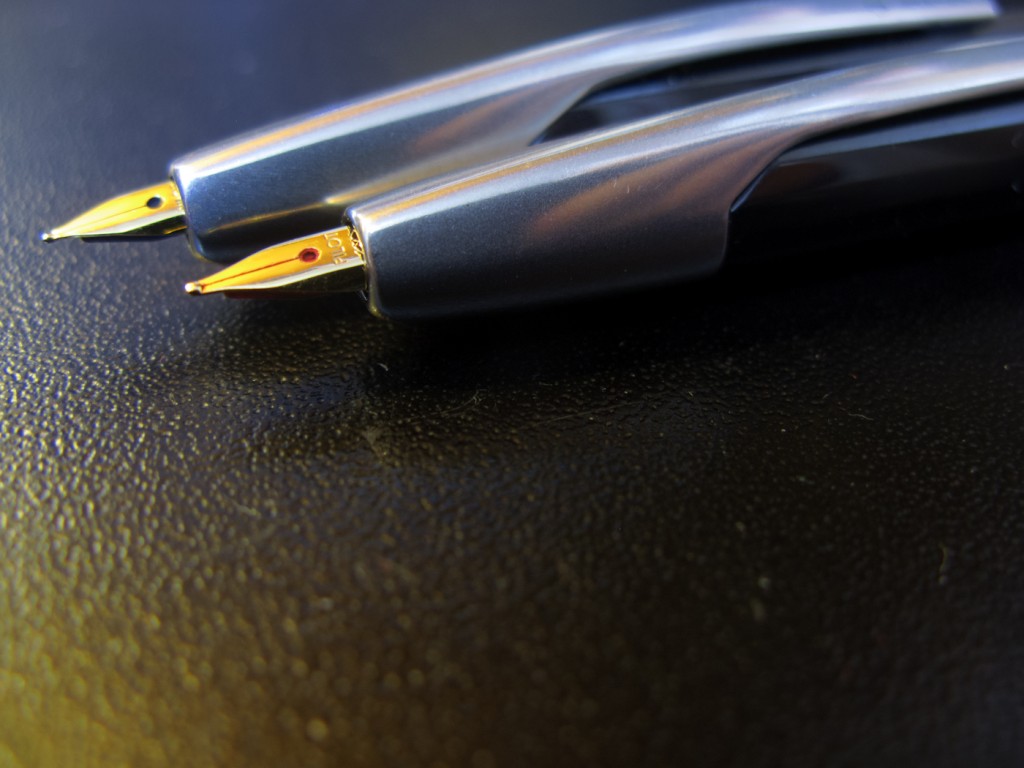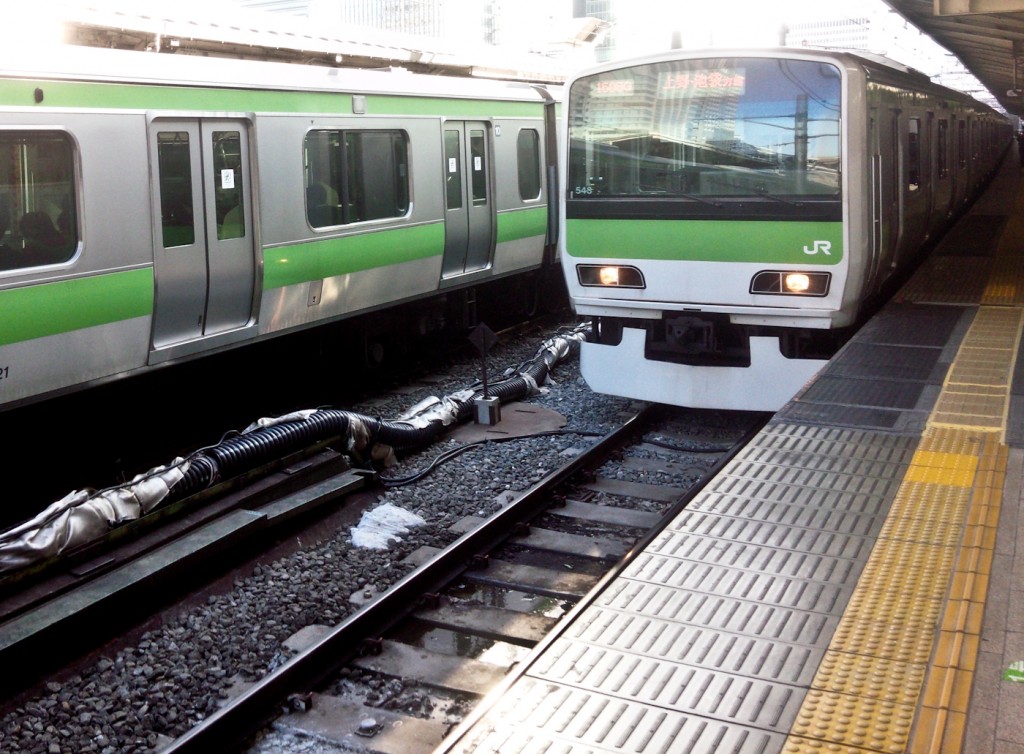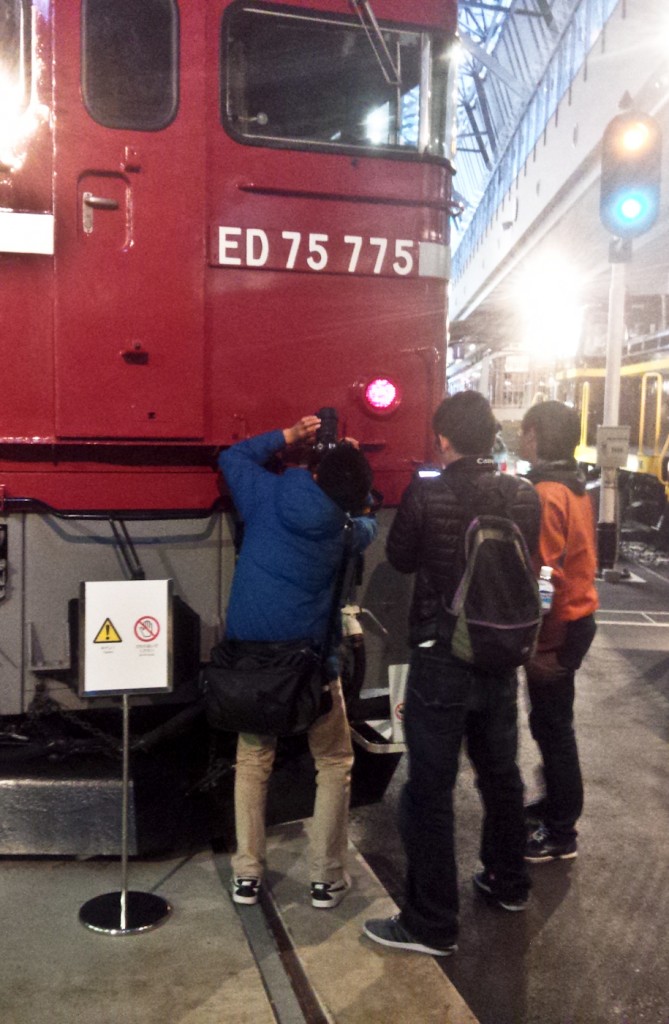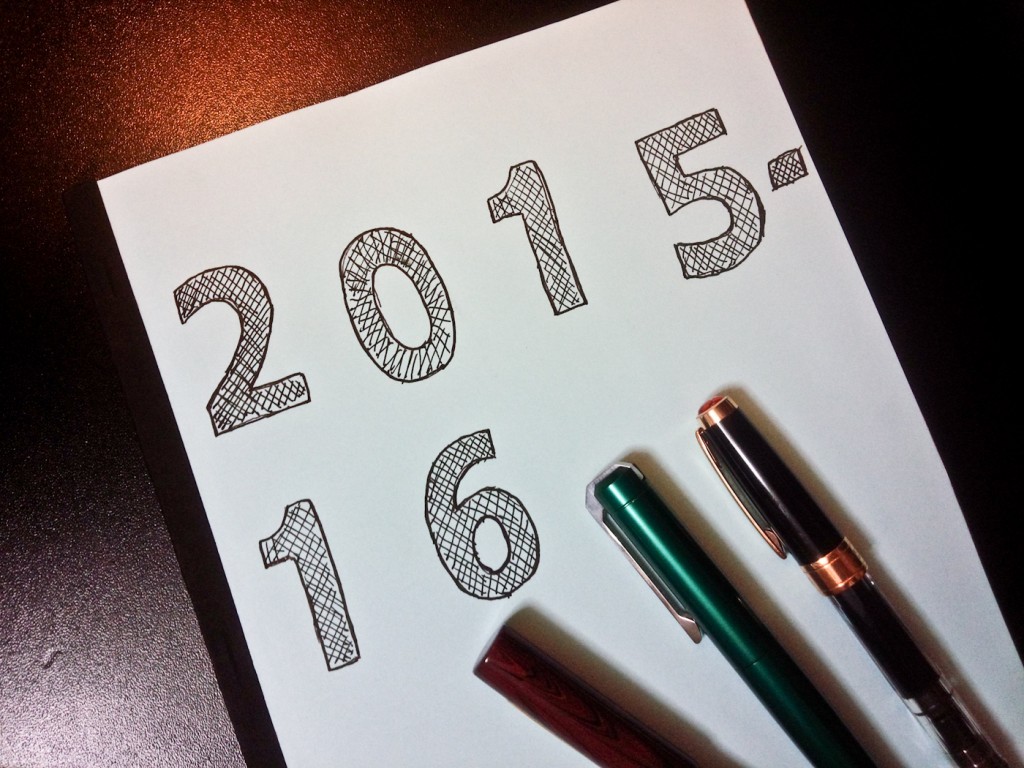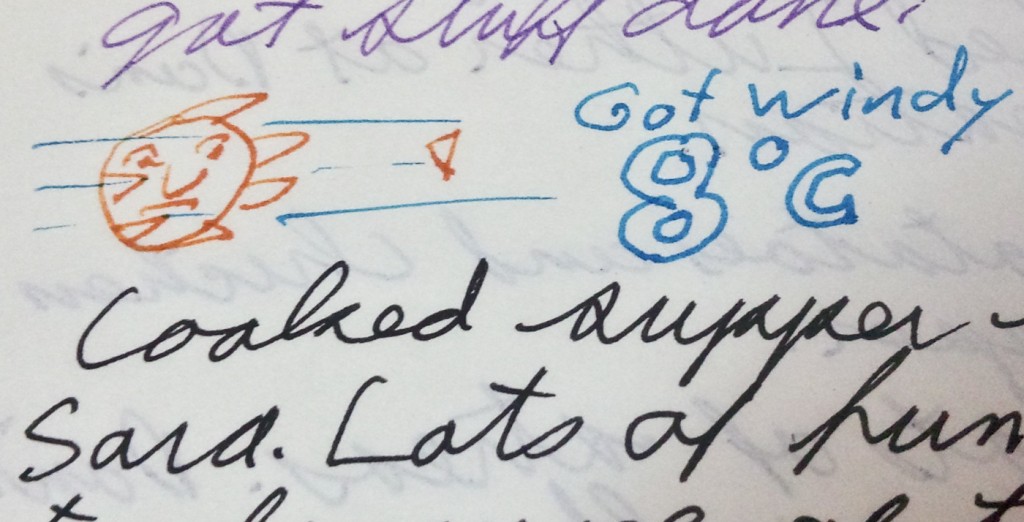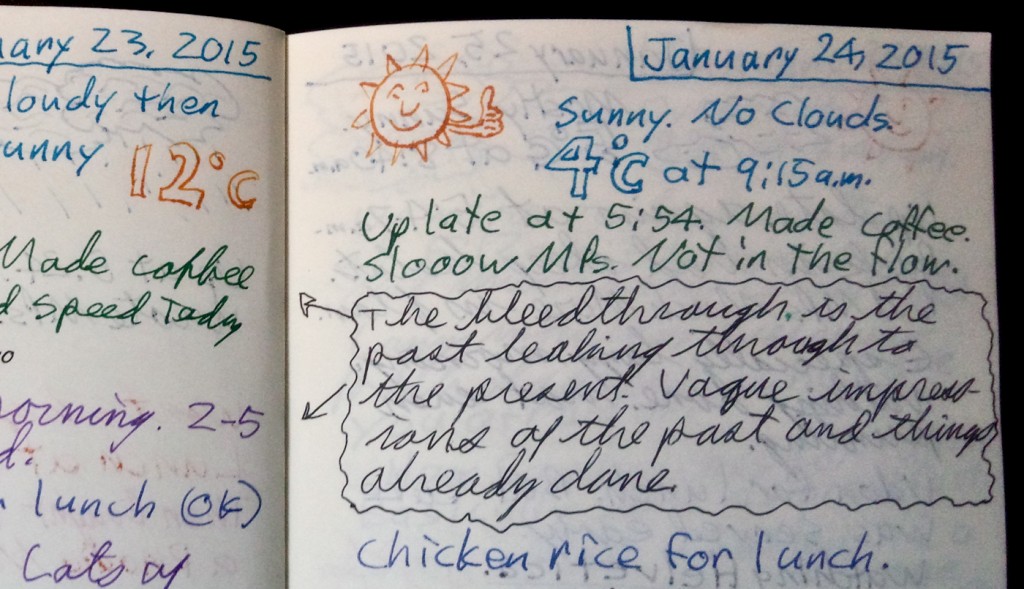I used to claim, back when I was in school, that I’d never thrown out a pen. This was not because of hoarding tendencies, but because I would always lose them long before they’d run out of ink.
Then, sometime in the early 80’s, my father got a pen and pencil set from Cross that included a fountain pen he didn’t want and he passed it to me. The first hit was free and I was immediately hooked. I kept that pen longer than any other pen I’d ever owned and actually used.
Eventually, of course, I lost it but somehow (student loans) managed to replace it guaranteeing that my student loans were spent on at least one thing that was useful.
I used the Cross Century all through college and graduate school and am still impressed by how neat my notes were when I used it. It also survived two years in Albania with the Peace Corps.
I was partial to blue-black ink although I tended to cycle from blue to blue-black to black to blue quite regularly. It has a gold plated steel medium nib that was always very smooth and the black matte coating on the barrel looked cool–I’ve never been a fan of the gold and silver versions–and kept it from getting too many finger prints.
I used it until I bought a Retro 51 200 series and then used it some more when I didn’t like the Retro 51 as much as I thought I would. I didn’t replace it until I moved on to harder stuff: Pilot Vanishing Points. Even after that, I used it a bit, but eventually it got tucked away in a box.
A couple years ago, out of nostalgia, I broke out the Cross Century, cleaned it and re-inked it. I immediately began to wonder what I saw in it. It is surprisingly thin, much thinner than I remembered. In fact, it’s about the same thickness as most woodcase pencils. After several attempts to writing something longer than a signature, I cleaned it and returned it to the case.
Now, after almost 30 years, I’m thinking about getting rid of it. I don’t see myself ever using it again and there’s no point in keeping it if it’s just going to stay in a box.
I’ll either sell it or pass it on to one of my daughters and see if I can get her hooked.


